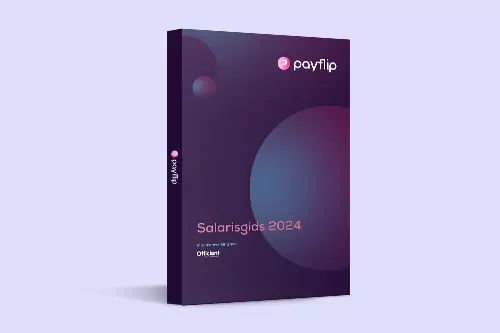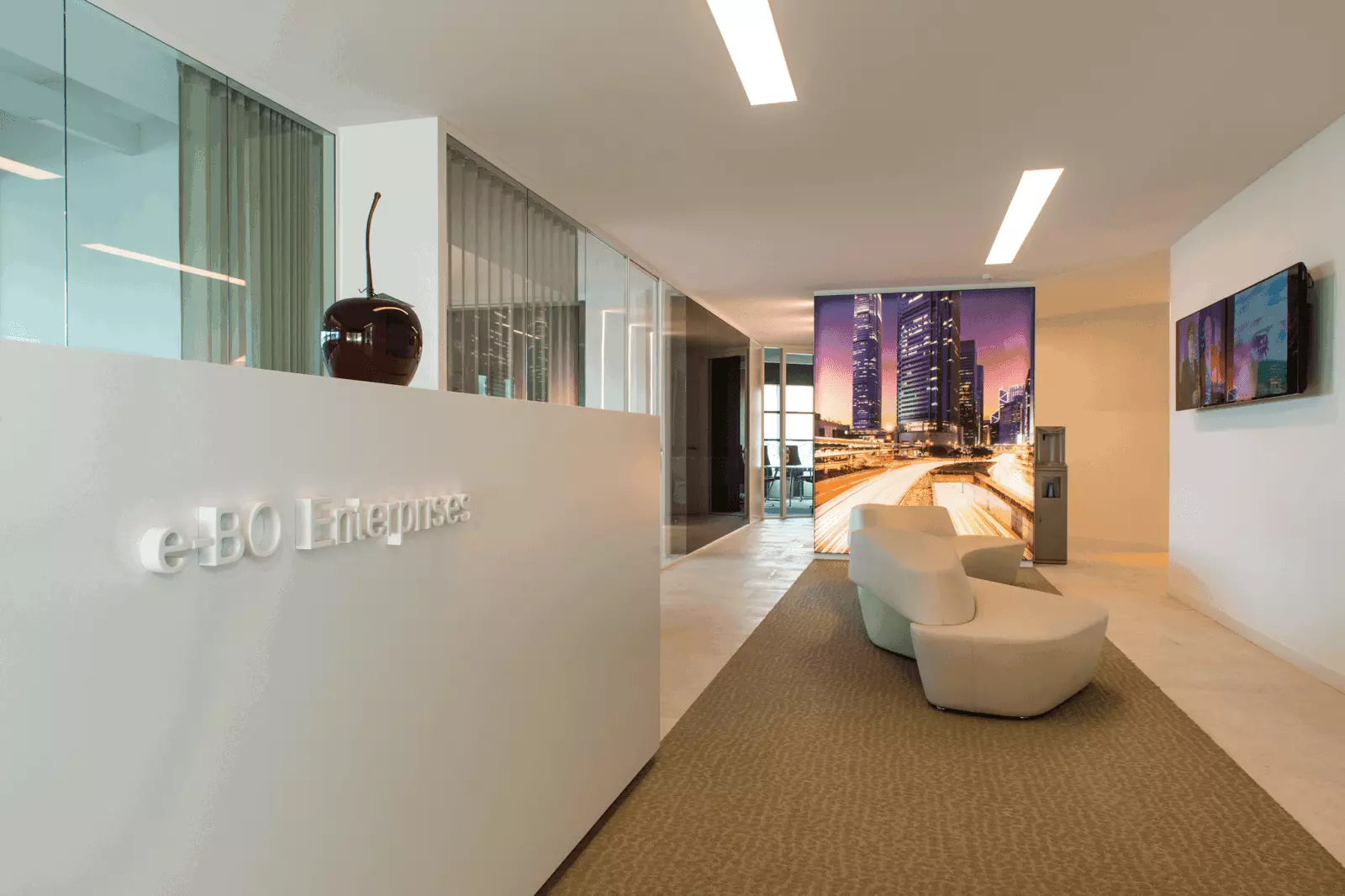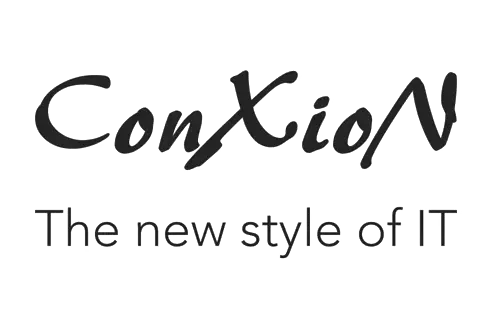The Ghent scale-up Cheqroom resolutely opted for flexibility in its wage package. "Closing your eyes today to the increasing popularity of flexible salaries can cost you good people", explains Eveline Van Belle, Head of People at Cheqroom. Below, Eveline shares her experiences of the preparation, the launch and the feedback from the team on the cafeteria plan that she - together with colleague Sarah - introduced earlier this year via Payflip.
Cheqroom
| Number of employees | 11-50 |
| Sector | Logiciel |
Challenge
As a young tech company, you're always looking for young, ambitious people who feel like putting their shoulders to the wheel.
Featured
If you, as an HR manager, put blood, sweat and tears into setting up an innovative HR policy, but the approach around remuneration does not match the rest of your policy, you will lose people.
Where did the idea of introducing a cafeteria plan come from?
It's actually quite simple: as a modern employer we at Cheqroom like to be "on top of our game". An attitude that is no luxury in an era characterized by the war for talent. Many young tech companies are after all looking for the same profiles: young, ambitious people who want to put their shoulders to the wheel in their customer success, product development or sales teams.
If, as an HR manager, you have invested blood, sweat and tears in setting up an innovative HR policy, but the approach to remuneration does not match the rest of your policy, you will lose people because of this inconsistency.
To complete the "HR circle", you then start looking at the innovations in the area of remuneration and you soon end up with the concept of the cafeteria plan. While "the cafeteria plan" is not really a new kid in town either, is it? (Nvdr, the first ruling on the cafeteria plan was published in 2015)
After an initial good experience with Payflip in the field of copyright and praising references from other companies in the field of cafeteria plans, we decided to contact Payflip to get a clear picture of the content and workload of a cafeteria plan. And one thing led to another ;)
What arguments persuaded you to choose Payflip?
As said, our first experience with Payflip was immediately a very good one, so we did not feel the need to go past our social secretariat first. After all, Payflip had already demonstrated that, as a start-up, they have a totally different view on customer service, tooling and pricing than a traditional salary partner. That saved us valuable time, in hindsight!
What was the preparation process for the introduction of the cafeteria plan like in concrete terms (tasks, workload, etc.)?
Payflip divides the preparation phase into two parts: a general phase and a configuration phase.
During the first phase, our wage policy was scrutinized in its entirety. Payflip's vision is that the foundations of the current wage policy must be in place before the "extra floor" of the cafeteria plan is built on top of it.
We then turned to a more practical phase: configuring the cafeteria plan itself in terms of budgets and (suppliers of) benefits. Payflip guided us not only to find the right partners, but also to prepare what the follow-up per benefit would entail (ordering, payroll settlement,...).
Finally, we worked with them to determine the ground rules under which choices can be made in the cafeteria plan (e.g., individual retirement savings can be opted for on condition that proof of payment is uploaded in the Payflip tool). Payflip has cast these rules in a clearly readable policy that employees can also consult in the Payflip tool.
The set-up of a cafeteria plan is therefore really a project, spread over several weeks and several phases. The people at Payflip are also real project managers. Their process has clearly been completed with countless SMEs and is therefore well constructed. You can tell by the milestones they manage to bring a company to the launch of their own cafeteria plan within four weeks.
(Continue reading below the image)

Are you satisfied with the team's involvement and reaction to the introduction of the cafeteria plan?
Yes, actually it is! It's a new wind through the pay package and our people feel that too. They also know that 'flexible salaries' as an HR trend is on the rise. If, as an HR department, you quickly pay the necessary attention to this and invest resources to get it up and running in no time, you have scored good HR points as a company, right?
In addition, I also hear positive comments about the fact that our people are more aware than ever of the taxation of their salary package - even if that may seem like a "boring added value" of the cafeteria plan ;).
Then there is the fact that the Payflip tool can be open every day of the year. This ensures that real flexibility can be pursued - for example, during a week of good weather, we see more holidays or a bicycle lease being chosen in the Payflip tool.
How do you see the cafeteria plan evolving?
The cafeteria plan has become a nice element in our salary policy that is always brought to the negotiating table with new candidates. These candidates see the cafeteria plan as a nice extra during the recruitment process. And we also like to present it to new and existing employees ;).
Of course, we do not want to lose this effect. Annual evaluation of which benefits (and budgets) were popular - and responding to them - therefore seems to me a must.
Payflip has already made it clear to us that they keep their finger on the pulse of new trends in cafeteria plan land "24/7". So, if any new benefits emerge in recent rulings with the tax authorities, they will follow this up in order to spontaneously replenish their benefit library. That makes us suspect that we are in good hands ;)?






